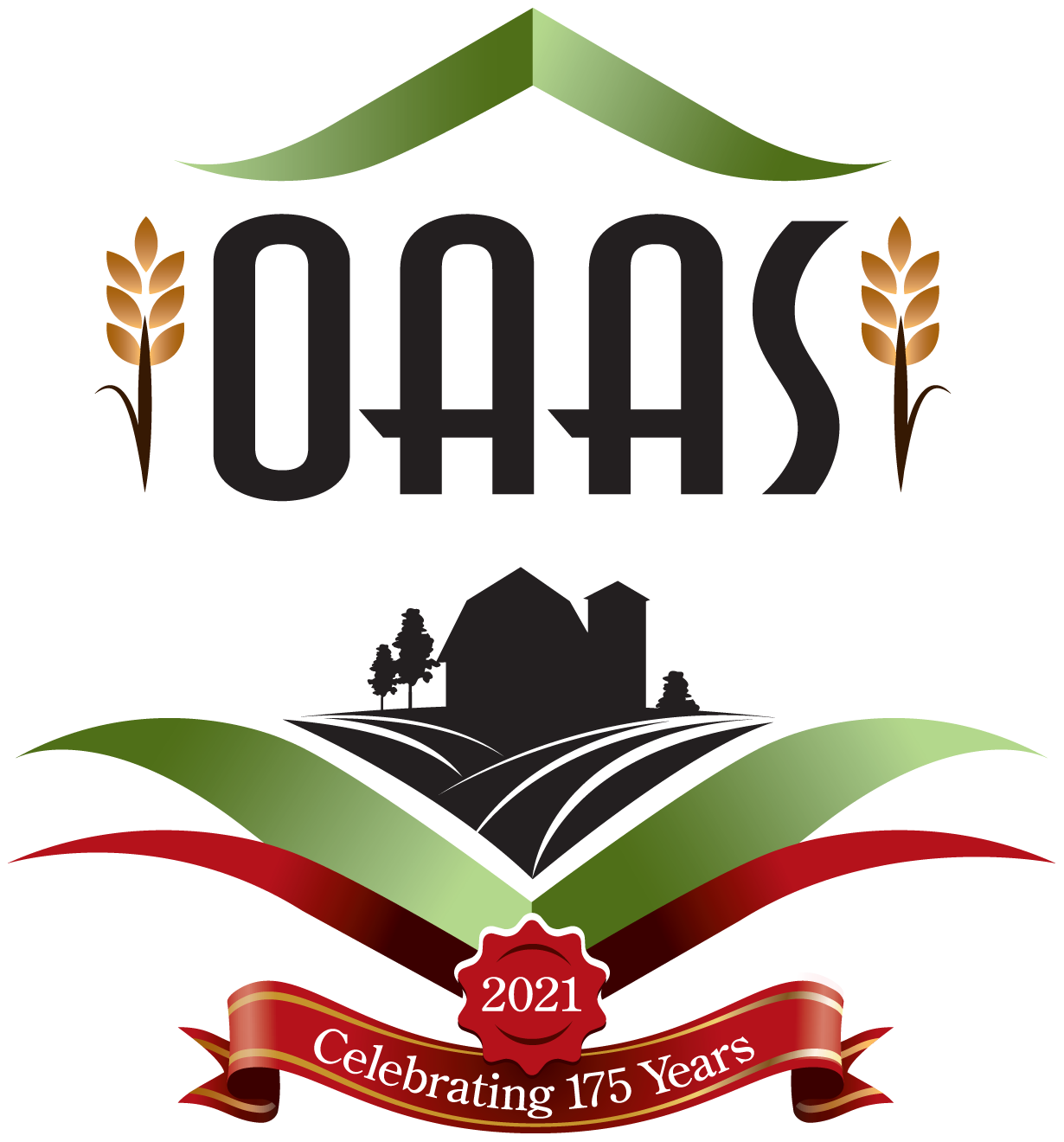What is an Emergency Plan?
A Fair Emergency Plan should be produced to formally address the different types of problems that can take place on your fairgrounds, during the fair and throughout the year. If you only host a fair, your plan will be different to the societies that not only host a fair but many other events as well as renting out parts of the grounds.
Certain issues, especially weather-related ones can impact a fair of any size.
Because of this, it is always best to have in place a plan that can identify the potential problems and outline scenarios that can guide the society through the process. By identifying hazards, many can be reduced or eliminated entirely.
This plan is only a guide; each individual society should identify potential issues and plan how they could deal with them. For example those close to military bases could have different emergencies than those who are in a tornado alley. As this plan will need to be updated frequently, it is best if members of the society take an active role in the original creation of the plan.
It does take time and the expertise of all the society, as they alone know the workings of the fair and grounds. Municipal departments (e.g. Fire, public health, etc) as well as other resources can be used to develop your plan. We also hope by using the following step-by-step information sheet, the accompanying Emergency Sample Plan and the Animal Emergency Plan Evacuation Guideline (Click links to download) your society can create an Emergency Plan specific to your needs.
STEP-BY-STEP INFORMATION SHEET
Step One: Know what plans are already in place
Check with your municipality.
- Have they a plan in place for community gatherings?
- Can it be adjusted to include your fair?
- Fairgrounds are often included in other emergency plans as they have large open areas, and multi-purpose buildings so be aware of other plans together stronger plans can be created.
- Check with the fire and police departments
Step Two: Identify your needs
- What are the problems that can occur at your fair and on your grounds?
- What is needed to deal with these problems
Step Three: Gather resources for your plan
- Health professionals (animal and human)
- Public safety personnel (law enforcement, environmental agencies etc.)
- Vendors
- Exhibitors
- Legal expertise
- Insurance expertise
Step Four: Write your plan
- Identify the people and resources needed during an emergency
- Government agencies
- Support agencies
- Other societies
- Legal
- Medical (human and animal)
- Identify the physical elements
- On Grounds:
- Water supply
- Condition of buildings, fences etc.
- Locally:
- Manufacturing
- Rail
- Roadways
- Airports
- Military bases
- Power-lines
- On Grounds:
- Identify the risks –what could go wrong?
- During the fair , at other events or when builds and grounds are closed
- Weather
- Tornadoes
- Heat
- Lightning
- Catastrophes
- Fires
- Flooding
- Hazardous materials
- Loss of electricity or water
- Identify the Health Issues
- Food safety
- Animal disease
- Injuries
- Other Concerns
- Loose animal
- Protestors
- Theft
- Lost children
- General Framework
- Who oversees and is the one responsible for the plan?
- Who determines the action required?
- Who responds?
- What needs to be done and how?
- Communications
- How is the info shared?
- What is to be shared?
- Use of radios, telephones etc
- Who calls for back-up?
- Response
- What is needed – first aid kits, gates etc.
- Are trained professionals needed?
- Are skilled fair/event staff needed?
- Aftermath
- How to get back to normal
- What physically needs to be done?
- Physical shape of plan
- Binder
- Bound copies etc
- Photocopies of evacuation maps
- Photocopies of animal identification
- Identify the Contact information needed
- Contact information
- Society members
- Fair support staff (managers, midway etc)
- Key volunteers
- Municipal departments (road, fire etc)
- Law enforcement
- Medical (hospital, veterinarian etc)
- Provincial regulatory agencies
- Maps
- Fairgrounds
- Surrounding area
- Staging areas
- Evacuation areas
- Schematics
- Electrical
- Water valves
- Manuals
- P.A. System operations
- Water washing stations
- Animal Handling Guidelines
- Veterinary resources
- Feed
- Bedding
- Evacuation sheets
- Templates
- Media message
- Public general message
- Signage 4
Step Five: Implement plan
A plan is only good if it being used and updated as required.
Downloads



